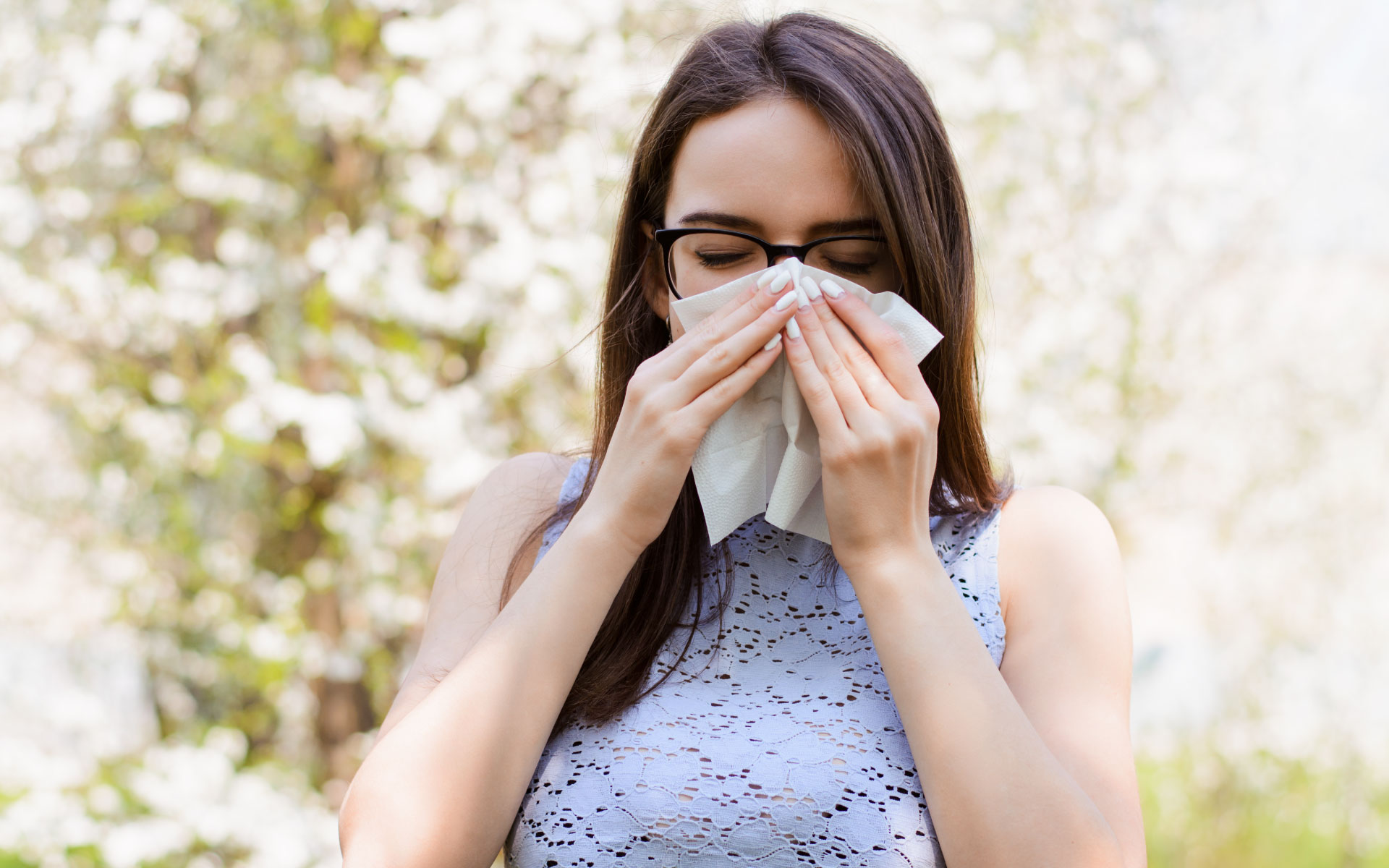To understand the connection between menopause and histamine intolerance, we have to talk about oestrogen dominance and histamine intolerance. This hormonal imbalance can increase your risk of histamine intolerance and, consequently, increase symptoms of menopause.
Histamine Intolerance and Oestrogen Dominance
The more oestrogen you have, the more histamine that will be released into the bloodstream. More histamine results in more oestrogen, which is where people will get stuck in a vicious cycle.
WHY? Oestrogen will prompt your mast cells to release histamine. Increased histamine levels will lead to more oestrogen. As a response, all that extra oestrogen will trigger your mast cells to make even more histamine, which will lead to more oestrogen. And the cycle continues leading to more and more symptoms.
Oestrogen in excess can also trigger histamine intolerance and symptoms. Oestrogen dominance means that there is a hormonal imbalance in the body because there is more oestrogen than progesterone. Even if oestrogen levels are closer to normal or low, its still possible to have oestrogen dominance if there is even less progesterone available = imbalance.
During menopause, both oestrogen and progesterone levels drop. This means that as long as your progesterone levels are lower than your oestrogen levels and there is an imbalance, you can still have oestrogen dominance/excess and related symptoms. Even in menopause. Since progesterone levels tend to drop quicker, there is an increased chance for oestrogen dominance in menopause.
Oestrogen can also decrease your diamine oxide (DAO) enzyme levels. If you don’t have enough DAO enzymes, the risk of histamine build-up and histamine intolerance is high.
Solutions for Menopause and Histamine Intolerance
You can take control of your health through simple natural methods. Here is what I recommend:
Remove Xenoestrogens
Xenoestrogens are artificial compounds that have oestrogenic effects but are different from naturally occurring oestrogen. They are hormone-mimicking compounds that mimic the effects of oestrogen and contribute to oestrogen excess or prevent the beneficial effects of natural oestrogen in your body. They can increase oestrogen dominance and related issues, including histamine intolerance and menopausal symptoms. Remove xenoestrogen-containing products, including conventional cleaning, body, and beauty products, and choose natural and organic alternatives.
Eat an Anti-Inflammatory & Low-Histamine Diet
Remove inflammatory foods, including refined sugar, refined oils, canned and processed meat, artificial ingredients, junk food, and highly processed foods. Eat a nutrient-dense, anti-inflammatory, and low-histamine diet rich in greens, vegetables, herbs, spices, fruits, healthy fats, and organic meat.
Move Your Body
Chronic stress can increase the risk of hormonal imbalance and histamine intolerance. Moving your body is a great way to reduce stress, improve detoxification, boost your mood, and support your overall health. Stay active throughout the day by dancing to your favorite songs, taking a stroll in the park, stretching regularly, and playing with your kids or pets. Mix up strength training workouts, including weight lifting, bodyweight exercises, or TRX, and cardiovascular workouts, such as swimming, cycling, and aerobic-type classes. Add low impact exercises into your routine as well, such as yoga, pilates, Barre, water aerobics, stretching, and walking.
Reduce Stress and Improve Sleep
Stress and poor sleep are major contributing factors to hormonal imbalance and histamine intolerance. Try to include breathwork, meditation, journaling, yoga, time in nature, and positive affirmations for stress and anxiety reduction. Taking an Epsom salt bath is another great way to relax your muscles, calm your mind, and detoxify your body. Aim to sleep at least 7 to 9 hours a night.
Improve Your Gut Health
Your gut health affects your entire body. Poor gut flora can lead to histamine intolerance and hormonal imbalance. Along with a gut-friendly anti-inflammatory diet, I recommend working with a functionally trained practitioner to test your gut and see if opportunistic bacteria, yeast overgrowth, parasites, H. pylori and/or leaky gut can be what is driving your histamine issue.
Calcium D-Glucarate is calcium bound-glucaric acid, which is a natural compound produced in small amounts by the human body and is abundantly found in various plant foods such as broccoli, cabbage, kale, apples, oranges, and grapefruit. It helps to support the body’s natural elimination of excess steroid hormones and toxins. Calcium-d-glucarate assists in the detoxification process as it forms conjugates with unwanted oestrogenic hormones and environmental toxins, which are then eliminated from the body instead of being reabsorbed.
Work on flushing out extra oestrogen with foods and supplements that will support healthy liver detoxification (milk thistle, brassica´s etc), epsom salt baths, infrared saunas, will all help!
Other natural histamine reducing strategies may be: B6, Quercetin, Nettle, omega 3, vitamin C.
NOTE: Hormonal medications can increase oestrogen dominance, histamine intolerance, and related symptoms. This includes: hormone replacement therapy, hormonal contraceptives, and other hormone-based prescription medications.
